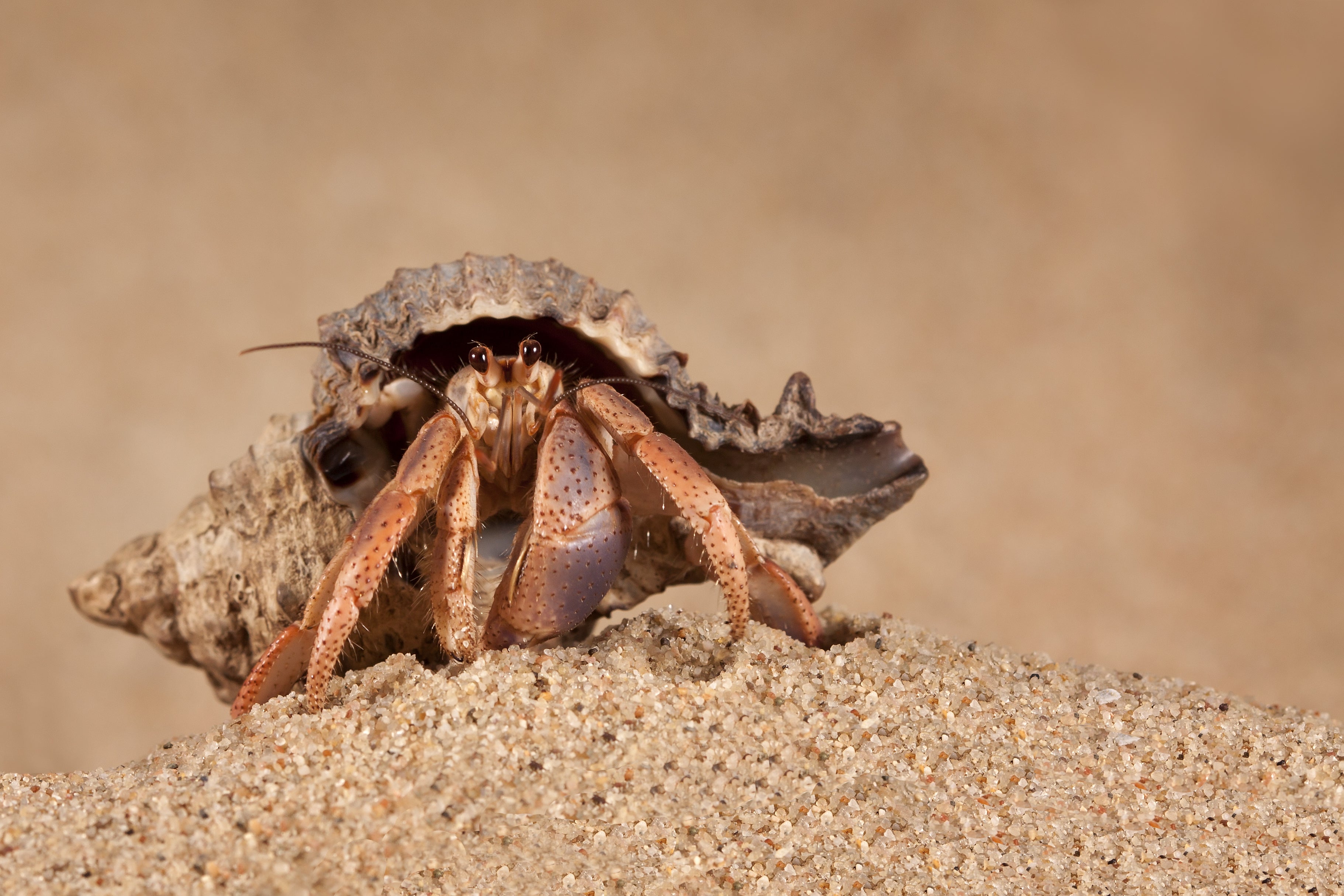5 MIN READ
9-23-2024
Fast Fashion,
Slow Sea Lions.
Mikaela Walsh, 4ocean Research Analyst
New! Sea Lion found wearing
clothes in the wild
Fast fashion is taking over our society as a form of affordable and quick clothing, disregarding the environmental impacts.
Fast fashion is widely understood as unfriendly to the environment because factories use cheap, synthetic materials that leak microplastics into the environment, use harmful dyes in clothing, and mass-produce clothes. A massive volume of left over material is discarded at high rates in the process of makings clothing, especially if the brand is not environmentally conscious.
Another downfall of fast fashion in their production of clothes, is that the materials used are often not built to last long periods of time. Hence, leading to a quicker disposal rate, as opposed to higher-quality clothing. Discarded clothing items usually end up in landfills or are improperly disposed of. Old abandoned clothing is often found floating around in the ocean.
When clothing ends up in the ocean, many organisms are at risk of entanglement or ingestion of synthetic materials.
There are many highly destructive effects of fast fashion, but an animal that is significantly affected by this toxic production is marine mammals, especially pinnipeds.
A viral video on social media displays the heartbreaking truth of entanglements for seals and sea lions in clothing items. In this video, a videographer caught a sea lion pup stuck in abandoned pajama pants. This sea lion could not perform daily functions and had a considerable disadvantage of moving since the front flippers were utterly stuck in the pants.
It is an unfortunate reality that sea lions and other pinnipeds encounter this unique type of ocean debris daily. Pinnipeds are seals, walruses, and sea lions. There are 33 different species of pinnipeds in our aquatic environment. These organisms usually live in various habitats, from the Galapagos Islands' tropical waters to Antarctica's frigid icy waters.
Pinnipeds are very playful animals that find joy in exploring. This makes them extremely vulnerable to entanglement in many different forms of man-made debris.
Due to their circular shape, seals and sea lions are often victims of looped materials. Looped materials include plastic packing straps, rubber bands, rope, nets, and different line types. This type of entanglement often occurs in open waters, and the animal will swim right through it without seeing it. Seals and sea lions are frequently found with neck entanglements, which can lead to suffocation and starvation.
Another video shared by the same videographer shows two sea lion pups tied together. Both sea lions had neck entanglements in the same abandoned fishing gear, which led to their attachment. In this shocking video, Naude Dreyer untangles the sea lions and sets them free.
Ghost nets are extremely harmful to many different marine species because they cause neck or limb entanglements. When abandoned fishing nets get entangled, it weighs the animal down and can cause the organism to drown, suffocate, or starve in some cases. Animals that become entangled in ghost nets have a decreased ability to move and often need humans to remove the nets. Humans often cannot remove the nets from the animals because they swim away too fast. To make matters worse, many organisms out there are unable to have human help because there aren’t enough people in the ocean to release them from misery.
A true ocean warrior, @namib_naude, raises awareness of the animals that are in remote locations. He is the eyes and uses his platform to show the rest of the world the travesty that is taking place in areas that many people don’t often think about.

Despite these areas being remote and away from large amounts of human activity, marine organisms and mammals are still heavily affected by the man-made material that infiltrates their environment.
Looped material is exceptionally harmful and often ends up in the ocean with improper debris disposal. TIP: Cut any looped material that you throw away to prevent an animal from suffering a neck entanglement.
The age group of pinnipeds most commonly affected by neck entanglement was the juvenile population. Researchers found that 53% of 347 entanglement cases were represented by juveniles.
Seals and sea lions are very playful organisms are are crying for our help.
You can help by:
- Refrain from purchasing fast-fashion clothing items.
- Selling or donating old clothes to thrift stores.
- Recycling old clothing materials.
- Purchase from clothing brands that are environmentally conscious.
There are many more cases out there that are not known or documented. We are on a mission to end the oceanic plastic crisis, but we need your help! Reduce the amount of single-use plastic you use, reuse any materials available, and recycle at all times. The only way to combat the issue is to stop the plastic from the source.





